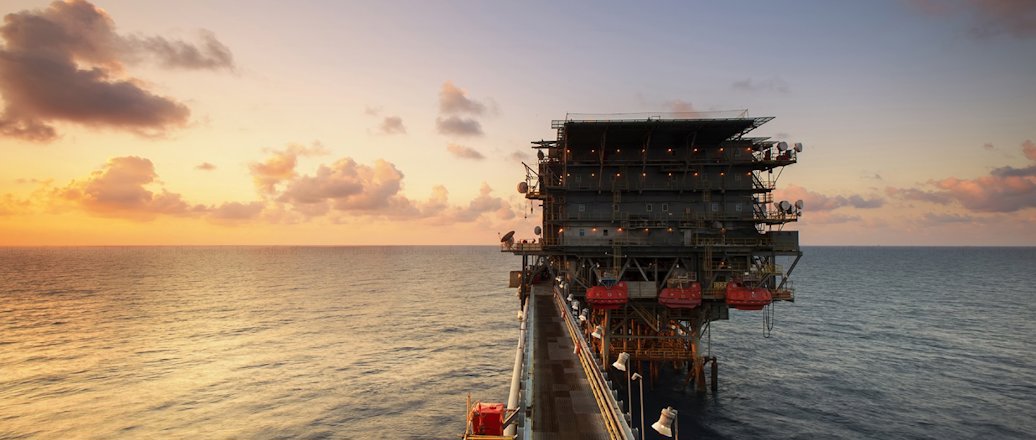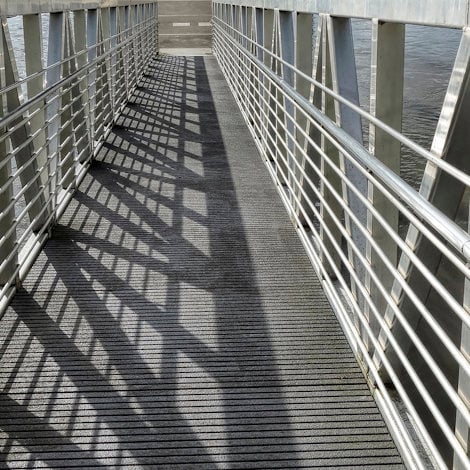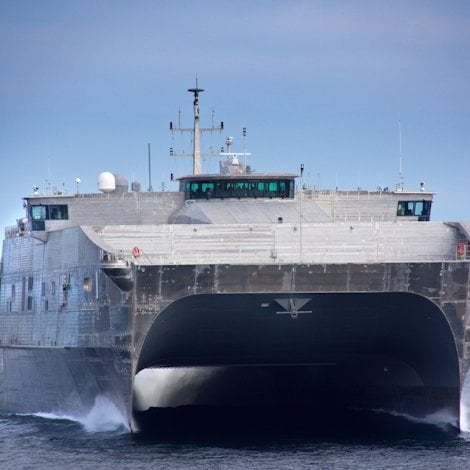How aluminium provides effective fire protection offshore
Aluminium can offer effective protection against fire. This makes it an interesting material for use on offshore installations, such as oil platforms.
The material properties of aluminium are well-documented. Aluminium provides weight savings, when compared with steel, and you get cost savings in installation and maintenance. It is non-combustible and its melting temperature is about 660 °C.
Aluminium loses strength at elevated temperatures before steel does, but some of its properties can actually provide an advantage during fire.
The high heat transfer and reflectivity properties of aluminium contribute toward reducing the impact of the heat on the structure. Less heat is absorbed, and, when absorbed, the heat is transferred away from the heat source much quicker.
In addition, the emissivity of aluminium is 7-to-9 times lower than steel. The result is less heating-up of the direct surroundings.
Aluminium in fire-retardant offshore applications
In an offshore setting – in any setting – you need to secure the best protection of human life in case of fire. All materials used in the construction must withstand fire as long as possible to provide the possibility of safe evacuation.
Modern and lightweight structural elements offer such protection. Intelligent aluminium profile design and use of the appropriate passive fire protection enable fire-retardant and lightweight structures.
Solutions include sandwich panels made with fire-resistant or flame-retardant materials. Such materials tend to be light, so their effect on total weight is limited.
Replacing steel with an aluminium solution is also economically sound. The additional costs of insulation materials are far less than the monetary savings you will gain with a lighter structure that requires minimal maintenance.








